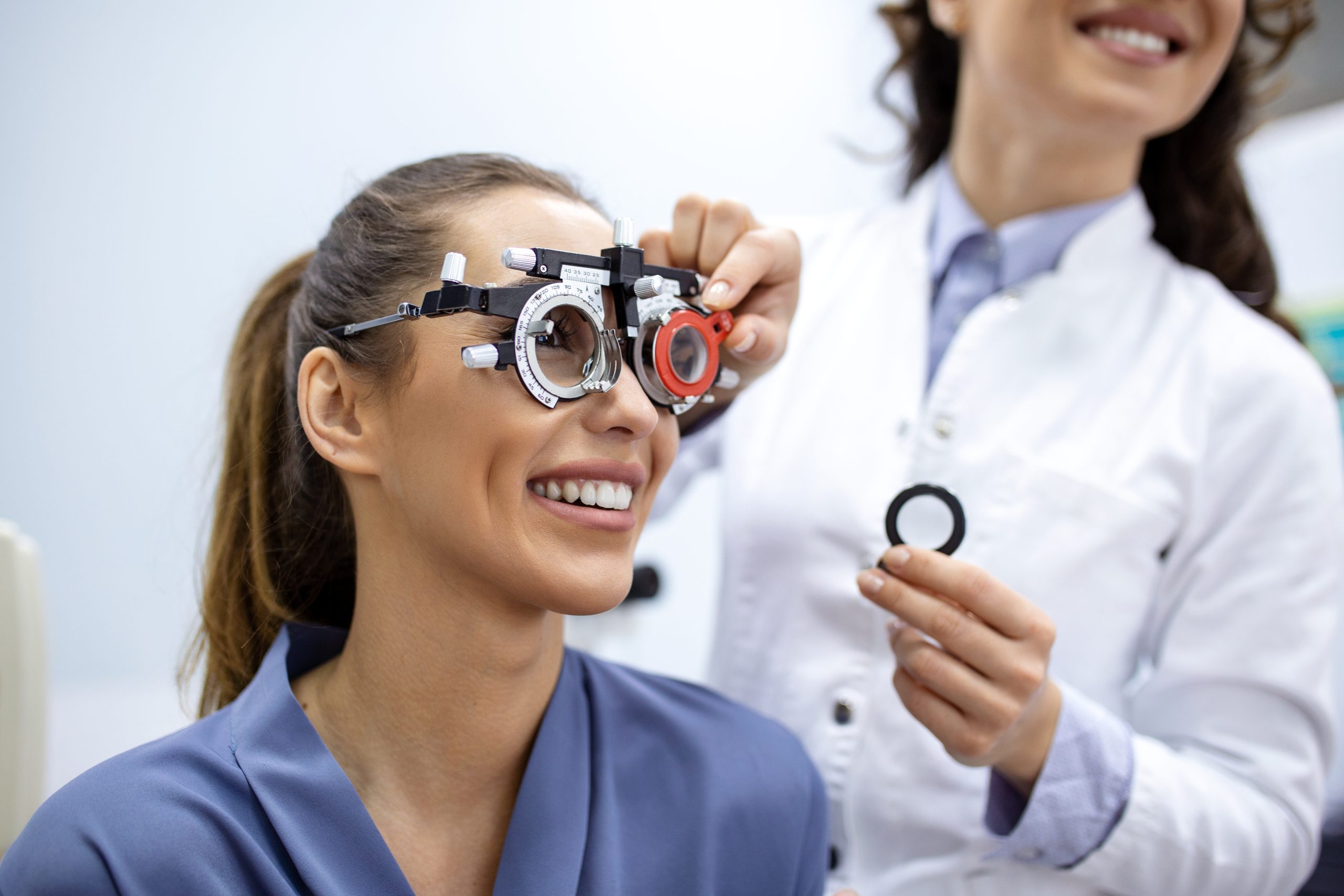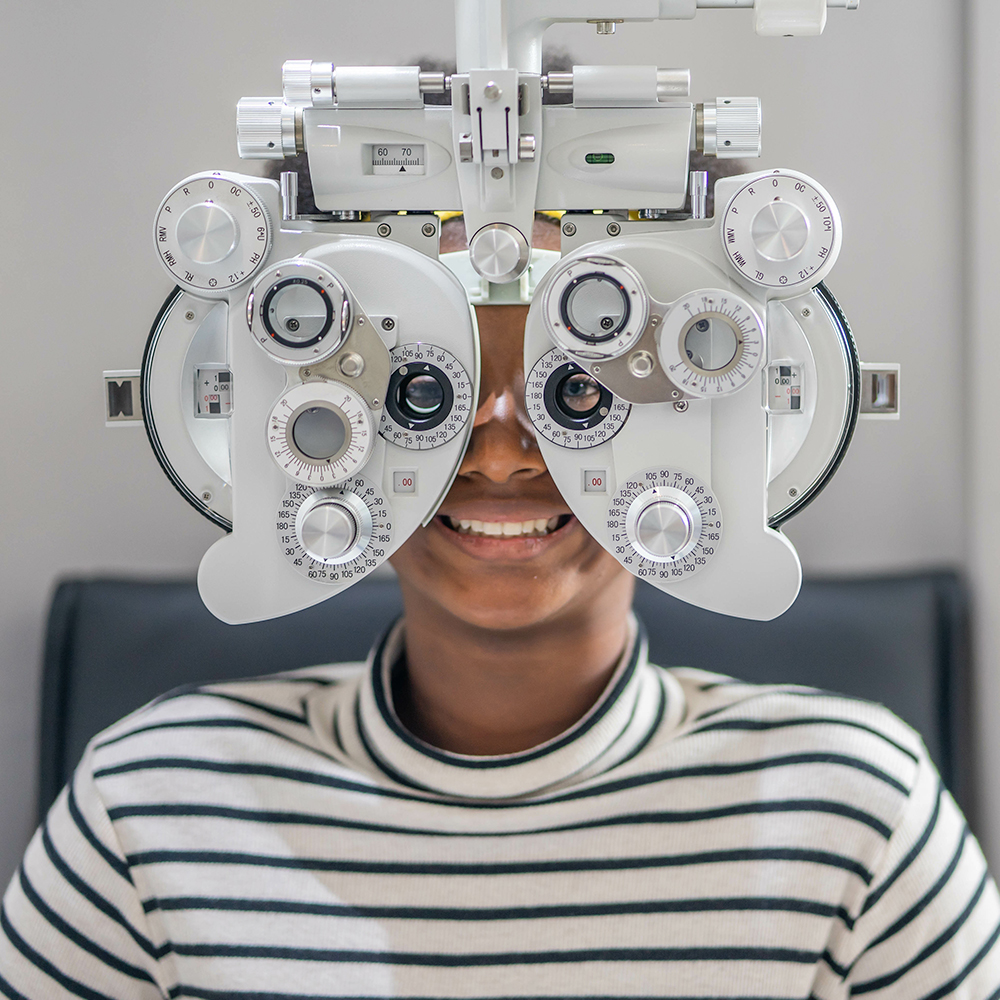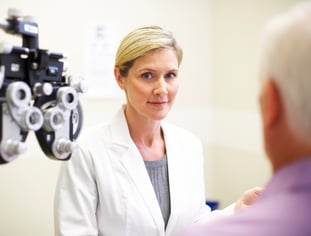Checking Out the Latest Technical Innovations in Optometry and What They Mean for Optometrists
From the accuracy of Optical Coherence Tomography to the nuanced understandings provided by AI-driven analysis devices, these innovations are setting new standards in person analysis and therapy. As these developments permeate the practice, eye doctors are faced with the challenge of welcoming these devices to improve patient end results.
Innovations in Diagnostic Devices
Advancing the area of optometry, technologies in diagnostic devices have transformed the method eye care professionals analyze and identify visual impairments and eye conditions. The previous decade has actually seen considerable technical improvements, making it possible for more exact and comprehensive assessments. Optical Comprehensibility Tomography (OCT), for instance, provides high-resolution cross-sectional images of the retina, permitting the early discovery of illness such as glaucoma and age-related macular deterioration. This non-invasive imaging strategy has ended up being vital in contemporary optometric practice.
Another trick development is the intro of sophisticated corneal topography systems, which map the surface curvature of the cornea with accuracy. These tools are especially helpful for suitable call lenses and identifying corneal problems. Additionally, digital retinal imaging has transformed standard ophthalmoscopy, using detailed, breathtaking views of the retina that promote detailed visual assessments.
The growth of wavefront aberrometry has actually also been essential, enabling the evaluation of refractive mistakes with unmatched accuracy (Optometrist Chino). This modern technology helps in tailoring restorative lenses and enhancing medical results for refractive surgeries. Collectively, these analysis advancements empower eye doctors to supply remarkable individual treatment, making certain early intervention and tailored therapy approaches, eventually improving visual wellness end results
AI in Person Management
Structure on the foundation of advanced analysis devices, the incorporation of fabricated intelligence (AI) in client management represents a transformative leap for optometry. AI systems are increasingly used to improve effectiveness, precision, and customization in person care.
Moreover, AI-driven systems assist in streamlined person interactions and management procedures. Automated scheduling, virtual assessments, and personalized follow-up strategies not only boost client contentment but also maximize time monitoring for practitioners. These systems can triage individuals based on the urgency of their conditions, making sure that those in important requirement receive timely focus.
In addition, AI improves decision-making by supplying eye doctors with evidence-based suggestions and therapy pathways. By incorporating data from electronic wellness documents, AI tools provide insights that inform clinical decisions, lowering the risk of errors and enhancing person outcomes. As AI remains to evolve, its role in patient management will likely broaden, reshaping the landscape of optometric care.
Breakthroughs in Retinal Imaging
In the realm of optometry, retinal imaging has seen exceptional technological innovations that are improving diagnostic capacities and client treatment. Advancements such as Optical Coherence Tomography (OCT) and fundus digital photography have actually reinvented just how eye doctors visualize and evaluate the retina.
Boosted imaging modalities like OCT angiography are additional refining analysis accuracy. This non-invasive technique maps blood flow in the retina, offering vital insights into vascular health and wellness without the need for dye injections. In addition, adaptive optics innovation is you can try here being incorporated right into retinal imaging systems to fix eye aberrations, delivering unprecedented photo clearness. Such developments facilitate the identification of min retinal modifications that can indicate condition development.
Moreover, advancements in expert system are increasing retinal imaging by allowing computerized analysis of large datasets. These systems aid eye doctors in recognizing patterns indicative of pathology, thereby enhancing analysis precision and effectiveness. Jointly, these developments are transforming retinal imaging right into a foundation of contemporary eye treatment, enhancing end results and increasing therapeutic possibilities.
Teleoptometry's Expanding Role
Teleoptometry is significantly becoming a crucial component of eye treatment, driven by improvements in digital communication and diagnostic devices. This is especially valuable in rural and underserved areas where access to specialized eye treatment is often minimal.
The integration of expert system (AI) further boosts teleoptometry, enabling the evaluation of visual information and assisting in the detection of eye conditions such as glaucoma and diabetic retinopathy. AI-powered formulas can swiftly interpret intricate imaging information, giving optometrists with beneficial insights that boost professional decision-making.
Moreover, teleoptometry supports connection of care with smooth assimilation with digital health and wellness records (EHRs), allowing eye doctors to preserve more tips here detailed person backgrounds. When seeking advice from with various experts., this makes certain that clients receive individualized and consistent treatment even.
Despite these advantages, obstacles stay, including making certain data security and handling person expectations. Nonetheless, teleoptometry represents a substantial stride towards more easily accessible, effective, and patient-centered eye care. As modern technology advances, its duty is poised to expand further.

Future Patterns in Eye Treatment
A myriad of cutting-edge trends is established to reshape the future of eye care, driven by technical developments and the developing needs of people. One substantial fad is the integration of artificial intelligence (AI) in diagnostics, which guarantees to improve the accuracy and effectiveness of eye exams. AI formulas can assess large quantities of data from retinal pictures, possibly discovering conditions like diabetic person retinopathy and glaucoma earlier than typical techniques.
Furthermore, individualized medicine is gaining traction in optometry, with hereditary testing educating tailored therapy plans. This technique intends to enhance person results by tailoring interventions to specific genetic accounts. Wearable innovation, such as wise contact lenses, is likewise on the horizon, offering real-time monitoring of intraocular stress or glucose levels, thus supplying constant insights into eye and systemic health.
The adoption of increased truth (AR) and digital truth (VIRTUAL REALITY) in training and patient education and learning is an additional emerging fad. These modern technologies provide immersive experiences that can boost understanding and abilities both for optometrists and clients. As these trends develop, eye doctors should stay abreast of technological developments to provide sophisticated care, ensuring better client results and satisfaction in the dynamic landscape of eye care.
Verdict

Collectively, these analysis developments equip eye doctors to supply exceptional person care, guaranteeing early intervention and customized therapy methods, ultimately boosting aesthetic wellness end results.

As these technologies continue to develop, optometrists should adjust and incorporate them into method, inevitably enhancing workflow efficiency and boosting the requirement of eye treatment supplied to individuals.